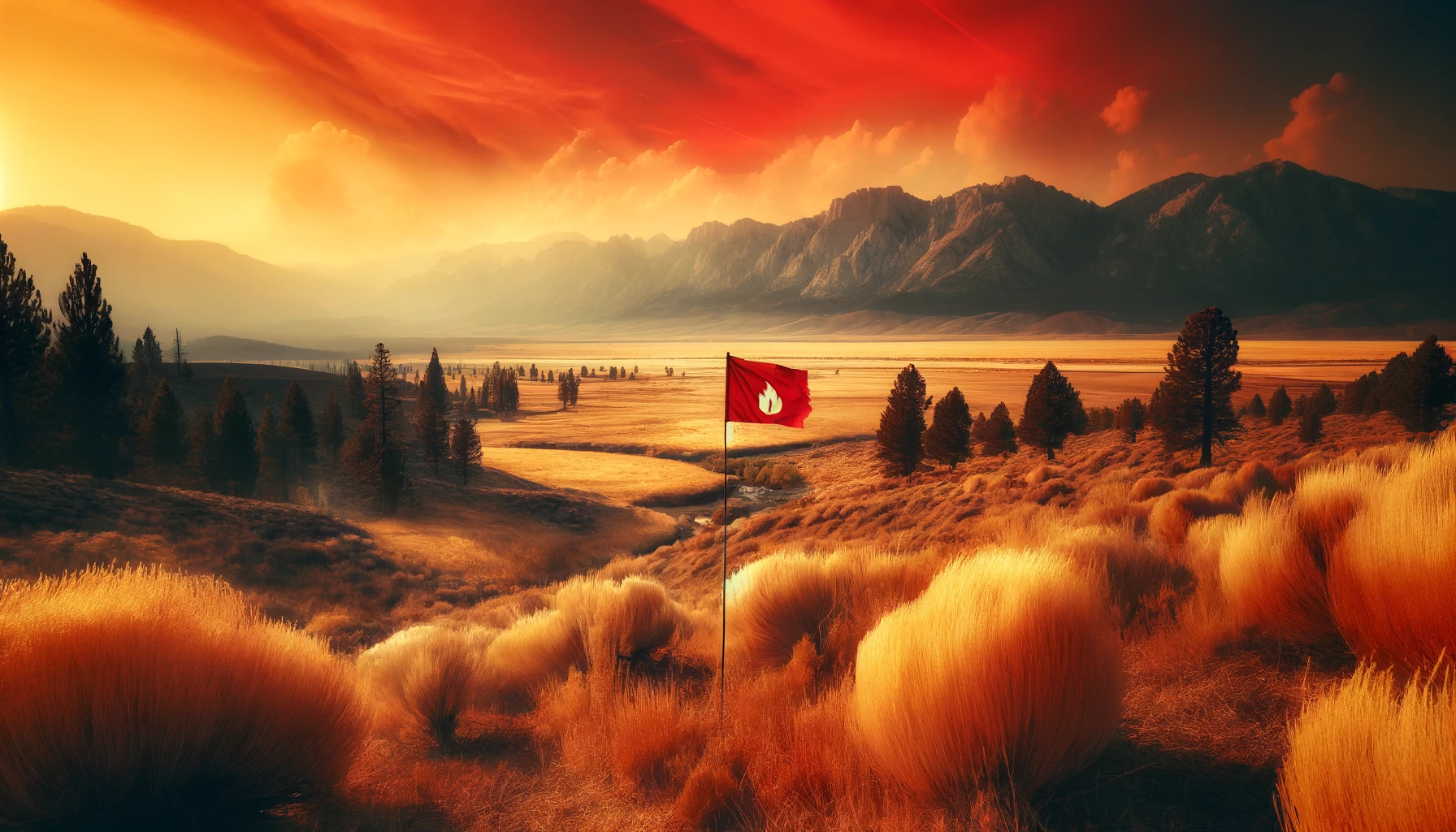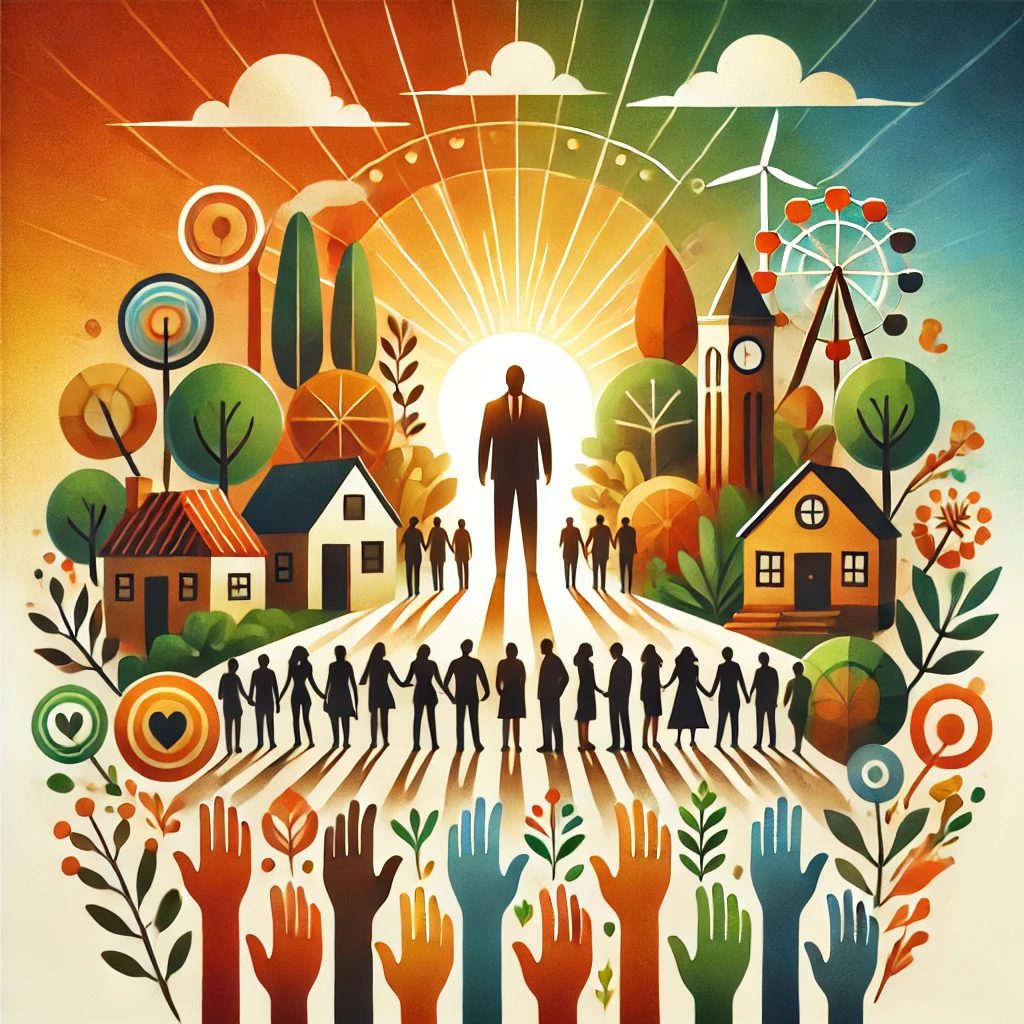Introduction
When you receive an alerta de bandera roja (clima propicio para incendios) notification, it’s more than just a weather update—it’s a critical warning signaling a high risk of wildfires. For those living in areas prone to fires, understanding this alert is essential for staying safe. In this article, we’ll explore what an alerta de bandera roja means, the weather conditions behind it, and how you can protect your property and loved ones during fire-prone weather.
What is Alerta de Bandera Roja (Clima Propicio para Incendios)?
The term alerta de bandera roja (clima propicio para incendios) refers to a “red flag warning,” which indicates extreme fire danger due to specific weather conditions. This alert is issued by meteorological agencies when the environment becomes highly favorable for the rapid ignition and spread of wildfires. Factors such as high temperatures, low humidity, strong winds, and dry vegetation combine to create the perfect conditions for wildfires to ignite and spread quickly.
Factors Leading to a Red Flag Warning
Understanding the environmental conditions that trigger a red flag warning can help you prepare more effectively. Here are the primary factors:
1. High Temperatures
When temperatures soar, vegetation like grass and trees dry out, making them highly flammable. The heat also evaporates moisture from the soil, creating tinderbox conditions that make it easier for fires to start and spread.
2. Low Humidity
Humidity levels below 20% are a red flag for fire danger. In dry air, plants lose moisture more quickly, turning them into potential fuel for fires. Low humidity makes it easier for even a small spark to ignite a wildfire.
3. Strong Winds
Winds can rapidly spread wildfires by carrying embers over large distances, starting new fires away from the original blaze. Wind also fans flames, increasing the speed at which a fire spreads, making it harder for firefighters to contain.
4. Drought Conditions
Areas that have been in drought for extended periods are especially vulnerable. Dry vegetation and soil create perfect conditions for fires, and even a small ignition source can cause a large fire to develop.
How Red Flag Warnings Are Issued
Meteorological agencies use a variety of tools to assess fire risks and issue alerta de bandera roja (clima propicio para incendios). These tools include satellite data, weather stations, and AI-driven models that analyze wind speed, humidity, and soil moisture levels to predict wildfire risks.
When conditions are met, an alert is issued to residents and emergency services, urging them to stay vigilant. Depending on the severity, local authorities may also implement fire bans, restrict outdoor activities, and prepare evacuation protocols.
The Role of Climate Change
As climate change accelerates, the frequency and intensity of wildfires are increasing worldwide. Rising global temperatures, prolonged droughts, and more erratic weather patterns have made regions previously unaffected by wildfires more vulnerable. This has made alerta de bandera roja (clima propicio para incendios) warnings more common and critical to preventing wildfire disasters.
How to Stay Safe During a Red Flag Warning
Preparation is key when an alerta de bandera roja (clima propicio para incendios) is issued. Here’s what you should do:
1. Prepare Your Property
Creating a defensible space around your home can significantly reduce the risk of fire damage. Clear dry vegetation, clean gutters, and remove any debris that could fuel a fire. Make sure your roof is made of fire-resistant materials if possible.
2. Stay Informed
Monitor local news, weather reports, and fire alert apps. Staying updated with the latest information will help you act quickly if evacuation orders are issued.
3. Pack an Emergency Kit
Have a kit ready with essentials like water, food, medications, important documents, and protective clothing. Include a list of emergency contacts and a battery-operated radio to stay informed in case of power outages.
4. Plan an Evacuation Route
Know multiple ways to exit your area in case one route is blocked by fire. Share your evacuation plan with family members and make sure everyone knows where to meet in an emergency.
5. Avoid Activities That Can Cause Fires
During an alerta de bandera roja, avoid outdoor activities like grilling, burning yard waste, or using machinery that can generate sparks. Even small activities can accidentally cause a fire in these conditions.
Human Activities and Wildfire Risks
While weather conditions play a huge role in wildfires, human activities are often the ignition source. Some common behaviors that can spark a wildfire during a red flag warning include:
- Discarding cigarettes carelessly
- Using power tools or machinery that generate sparks
- Setting campfires in unsafe conditions
- Improper disposal of fireworks
By avoiding these actions, you can help prevent wildfires and protect your community during an alerta de bandera roja (clima propicio para incendios).
Case Studies: Real-Life Examples of Red Flag Warnings
Alerta de bandera roja (clima propicio para incendios) warnings can have devastating effects, as seen in regions like California, Australia, and Spain. For example, during the 2020 California wildfires, a red flag warning was issued for the entire state. High winds and low humidity helped spread the fires rapidly, leading to over 4 million acres burned. In these instances, communities that heeded the alerta de bandera roja (clima propicio para incendios) warnings and prepared in advance were better able to protect their property and lives.
In Spain, fire brigades often patrol vulnerable rural areas during alerta de bandera roja (clima propicio para incendios) warnings, using satellite data to predict where fires are most likely to start. This proactive approach has helped minimize fire damage in areas prone to wildfires.
Common Misconceptions About Alerta de Bandera Roja
There are some myths surrounding alerta de bandera roja warnings that can lead to dangerous misunderstandings:
- Myth 1: Fires Only Spread During Summer: Wildfires can occur year-round, especially in areas experiencing droughts.
- Myth 2: Light Winds Don’t Spread Fires: Even light winds can carry embers far, igniting fires in new areas.
- Myth 3: Red Flag Warnings Are Exaggerated: These warnings are based on scientific data and are a serious indication of potential wildfire outbreaks.
Future Innovations in Wildfire Prevention
As wildfires become more frequent due to climate change, innovations in fire detection and prevention are evolving. AI-based prediction models can now analyze weather patterns and predict wildfire risks more accurately. Satellite-based fire monitoring systems provide real-time data to emergency responders, enabling quicker action.
Moreover, international collaboration on data sharing between countries like the U.S., Australia, and Spain is improving global wildfire prevention strategies. This will help communities better prepare for the increasing threat of wildfires.
FAQs
What should I do if I receive an alerta de bandera roja while camping?
Avoid starting any campfires and opt for pre-cooked meals. Stay aware of evacuation routes, and have a plan to leave quickly if necessary.
How long does a red flag warning last?
It can last anywhere from a few hours to several days, depending on the weather conditions. Always stay updated through local authorities.
Can I use my lawnmower during a red flag warning?
It’s best to avoid using any equipment that could produce sparks during a red flag warning, including lawnmowers and chainsaws.
Conclusion
An alerta de bandera roja (clima propicio para incendios) is a vital tool in preventing wildfires and saving lives. By understanding the conditions that lead to these warnings and taking proactive measures, you can help protect your home and community. Stay informed, be prepared, and always take red flag warnings seriously to ensure the safety of yourself and those around you.
Stay safe, and remember that a little preparation can go a long way in preventing wildfire disasters.


